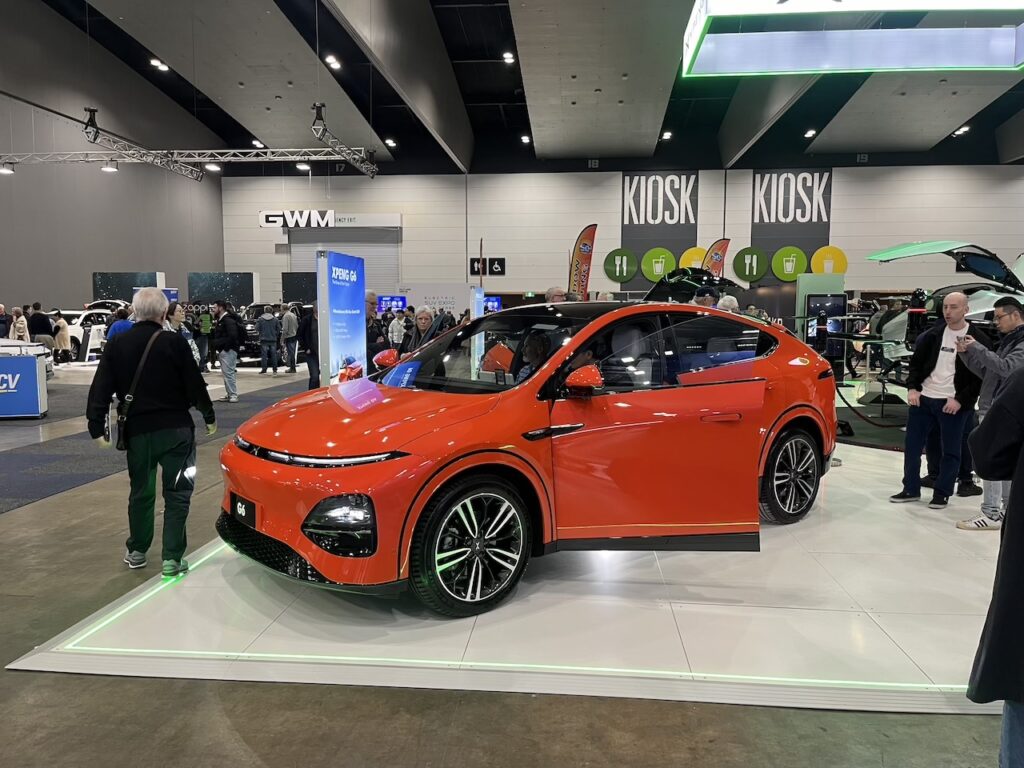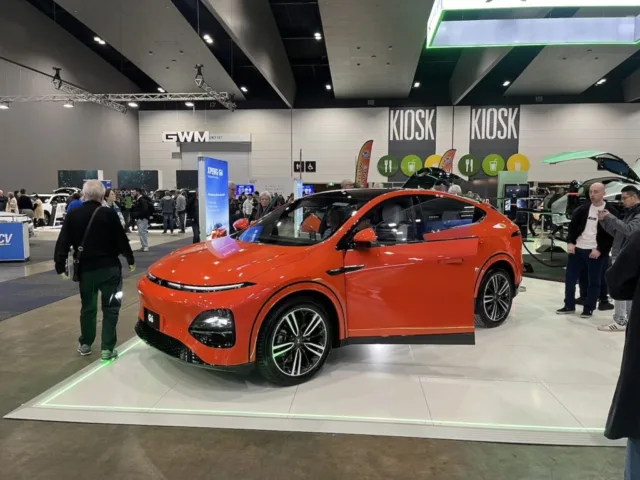China’s ruling party has warned the country’s car-makers to stop cutting costs and to take control of production over fears deflation could slow economic growth.
According to The Guardian newspaper, Chinese officials have warned against a new trend of “involution” in all manufacturing sectors that suffer overcapacity, highlighting that some EV makers are investing more money to produce cars with lower and lower profits.
In a speech earlier this month China’s president Xi Jinping attacked provincial governments for over-investing in artificial intelligence, computing power and in producers of ‘new energy vehicles’ (hybrids and EVs) over fears those industries are at risk of overheating.
READ MORE: You wants facts? I’ll will give you facts! Why China is ruling the world and you’re gonna drive a Chinese EV | Opinion
READ MORE: Are Chinese electric cars really spyware on wheels? Or is it all tin-hat conspiracy at its finest? | Opinion
READ MORE: Why the massive influx of Chinese EVs will end in tears | Opinion
Behind the scenes it’s been reported that BYD, the world’s largest producer of electrified vehicles, had already been summoned by government officials and regulators to receive warnings over producing too many cars.
Following Xi’s blunt warnings, government agencies across the country are now working to implement restrictions on supply to tackle over-capacity.
Part of the problem, analysts claim, is the fierce competition among brands which means Chinese consumers have become used to expecting ultra-low pricing.
Some unnamed firms are reportedly cutting prices to near – or even below – cost price in a bid to claim market share.

BYD could be one of those brands. Recently it slashed the price of its Seagull city car to just 55,800 yuan – which equates to little more than $11,500.
Soon after the price cut, the Great Wall Motors Ora 3 was introduced priced 20 per cent less than the car it replaced in a bid to pinch sales from its rivals.
Even the Chinese car industry now thinks over-capacity and price-cutting has gone too far.
He Xiaopeng, XPeng Motor’s CEO, warned back in January that some car-makers would not survive the looming price war: “The market will definitely see fiercer competition in 2025”, he said in a speech made to employees.
To help curb what it deems is “unfair pricing behaviour” that triggers involution, new laws have already been drafted to tackle the issue.
Some think the laws will do little as few EV makers in China are profitable. Instead, they are bankrolled by local governments who have little interest to see them fail.
The solution to over-capacity will lie further afield, say some commentators, with even stronger performance in export markets the only way to reduce tensions within China and soak up the excess number of cars.
That could mean Australia received even more imports from China and even more brands try their luck here.
In response to offloading cheap EVs in Europe, the EU has imposed tariffs of up to 45 per cent on Chinese-built EVs.
In response, Chinese brands have switched to focus on exporting plug-in hybrids to the region and by June had achieved an impressive 10 per cent share of Europe’s EV market.
That was a return to the pre-tariff market share, despite the tariffs remaining in place.









